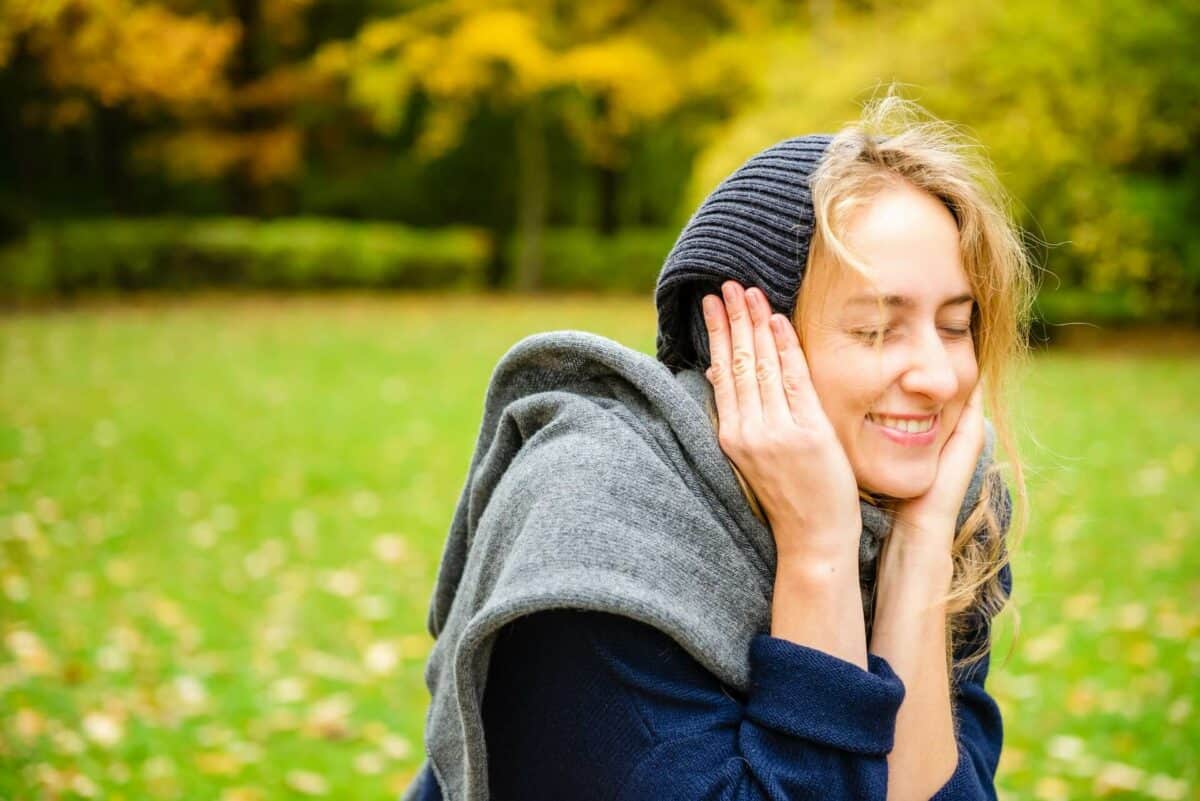- Understanding the Connection Between Tinnitus and Weather - May 17, 2025
- The Most Unexpected Reasons Hearing Aids Can Malfunction - May 9, 2025
- How OAE Testing Unveils Hidden Hearing Loss - April 15, 2025
Did you know that loud noise is one of the most common causes of hearing loss? Noise induced hearing loss can be caused by one time or regular exposure to loud noise. You may be surprised to learn that many of us are actually exposed to hazardous noise levels that can damage our hearing. The World Health Organization estimates that over 1 billion people globally are at high risk of developing hearing loss as a direct result of recreational exposure to loud noise. Additionally, over 22 million people are exposed to dangerous noise levels in the workplace. It is important to know that noise induced hearing loss is completely preventable. Practicing ways to protect your hearing can prevent you from experiencing this type of hearing loss.
Noise Induced Hearing Loss (NIHL)
One time or consistent absorption of loud noise can permanently damage hearing. Loud noise can desensitize the sensory cells that are in the inner ear. There are thousands of sensory cells in the cochlea which play a critical role in how sound is absorbed and processed. These cells convert incoming soundwaves into electrical signals that get carried to the brain. The brain is then able to further process these cells, including assigning meaning to them which is what allows us to understand what we hear. Loud noise can weaken sensory cells, reducing their capacity to process soundwaves effectively.
This results in the brain receiving less auditory information, causing noise induced hearing loss. Unlike other types of cells we have, sensory cells in the inner ear do not regenerate. There are also no medical interventions and treatments that can repair these cells. This means that any damage they experience is permanent adn this produces chronic hearing loss.
How Loud is Too Loud?
You are likely wondering how loud sound has to be to impact hearing. The short answer is, not that loud. Sound is measured in decibels (dB) and sound above 85dB is considered dangerous for hearing. This is equivalent to busy city traffic, a hair dryer, and a busy restaurant during peak hours. According to experts, the maximum threshold for safe listening is 8 hours a day at 85dB.
According to the National Institute for Occupational Safety and Health’s safety guidelines, exposure time to noise above 85dB needs to be significantly reduced. Their guidelines outline that for every 3 decibel increase of noise above 85dB, exposure time should be reduced by half:
- 85dB: 8 hours
- 88dB: 4 hours
- 91dB: 2 hours
- 94dB: 1 hour
- 97dB: 30min
Exceeding these limits can irreparably damage your hearing. We are easily exposed to loud noise – at work, listening to audio, in social settings, concerts etc. So being aware of noise levels and practicing safety measures is incredibly important.
Tips to Prevent NIHL
There are several safety measures you can practice to reduce your risk of noise induced hearing loss. Integrating the following strategies can protect your hearing health:
- Wear hearing protection: there are different types of hearing protection including headphones, earbuds, and earmuffs. These items provide a physical barrier, reducing the amount of loud noise you absorb. Carrying one of these items and wearing hearing protection when moving through noisier settings is a great way to protect your hearing.
- Invest in noise cancellation: if you use headphones or earbuds often to listen to music and/or podcasts, you may want to think about investing in noise cancellation technology. This reduces background noise which prevents people from having to turn up the volume when navigating louder environments.
- Measure noise levels: measuring the noise levels in your environment allows you to then adjust your exposure time. To do this, you can download an app – NIOSH Sound Level Meter App (iOS), NoiSee (iOS), SLPnFFT Noise Meter (iOS), Sound Meter X (iOS), and SoundPrint (iOS and Android). You can also use the health app that comes with iPhones and the Apple watch to measure decibels.
- Reduce exposure: in addition to wearing hearing protection and measuring noise levels, there are more ways you can reduce your exposure to loud noise. This includes avoiding noisy settings during peak hours, taking alternate routes to avoid construction sites and traffic, maintaining low volume settings, opting for quieter settings etc.
- Test hearing regularly: Another great strategy is to have your hearing tested regularly. This allows you to monitor your hearing health adn intervene early if you experience any symptoms.
Practicing these strategies can prevent noise induced hearing loss. Contact us to learn more about the resources adn technologies available to support your hearing health.

